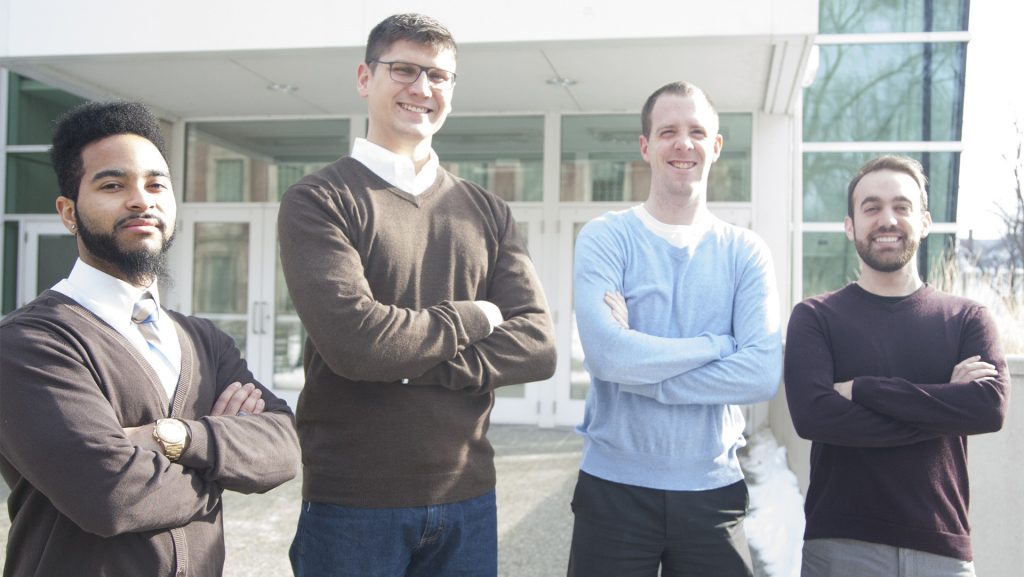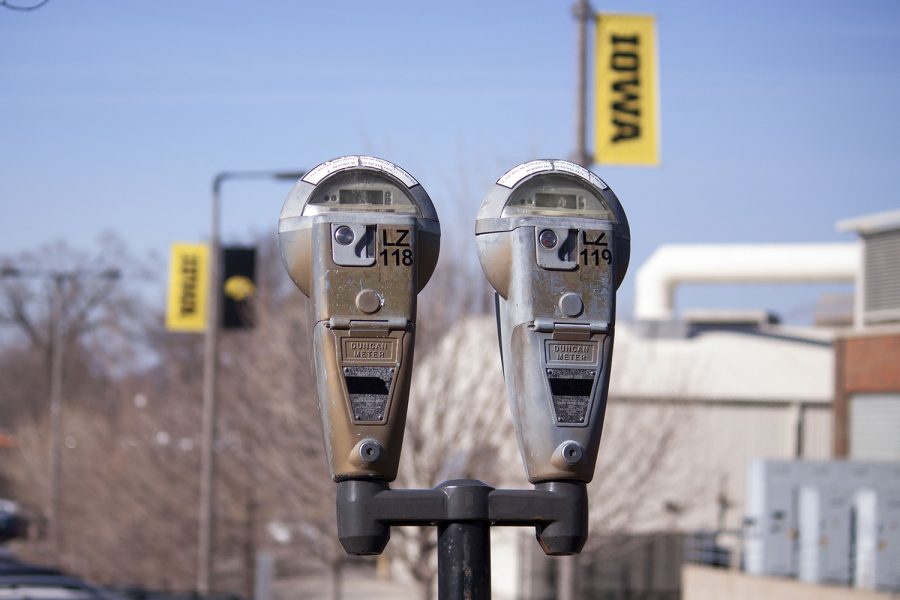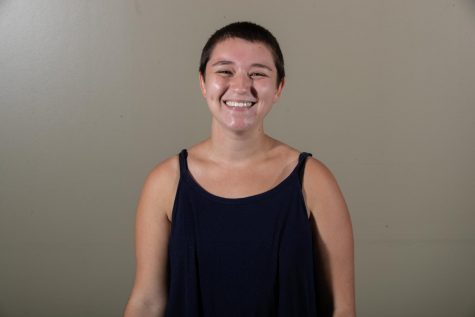Researchers in Tennessee have stumbled upon a process that could revolutionize the ethanol business in Iowa.
Scientists at Oak Ridge National Laboratory, a nanoscience user facility owned by the Department of Energy, found a process of using electricity, carbon dioxide dissolved in water, and a special surface made of tiny spikes of carbon and copper to create ethanol.
Adam Rondinone, a senior staff scientist at Oak Ridge, said this process was discovered while testing a hypothesis about controlling complex reaction mechanisms. They were expecting to convert carbon dioxide dissolved in water to a simple alcohol, such as methanol, but got ethanol instead.
“This is surprising because in order to take a single carbon molecule, which is carbon dioxide, and convert it to a two-carbon molecule, which is ethanol, requires an additional step of a carbon-to-carbon bond forming,” he said. “We didn’t think it was going to happen under these conditions.”
Carbon dioxide was chosen for the test because of the environmental impact it has, and it would be beneficial to recycle it instead of letting it out into the air, Rondinone said.
The two major materials needed for this process, other than the surface, are carbon dioxide and electricity. Luckily, UI finance Professor Thomas Rietz said, Iowa has an abundance of both of those things.
RELATED: Iowa politicians voice thoughts on clean energy
Wind turbines often have an excess of energy because of inconsistent demand, and the original process of making ethanol with corn creates carbon dioxide as a waste product. This process could take that currently useless carbon dioxide and put it toward making more ethanol.
“The advantage of doing this process is you could essentially stabilize the electric grid whenever there’s excess supply …” he said. “You could soak it up with the process and create a fuel that we could use right now in our current infrastructure.”
UI students worked with Oak Ridge from September through December 2017 through a course in the Master of Business Administration degree to research the possible financial viability of this process, and their initial results were promising.
Rondinone said there is a real business opportunity to pair wind resources with ethanol production to make some money.
“It could be as far-reaching as the creation of jobs, it could be profitable for people who wouldn’t normally be in the ethanol industry, it could help farmers, and anyone who really has the resources to pair with Oak Ridge and use this technology,” said Curt Braverman, one of the four students involved in the investigation.
According to the Iowa Corn Promotion Board, “Iowa leads the nation in ethanol production, creating nearly 30 percent of all U.S. ethanol.”
This process will help both the environment and could help the wallets of ethanol producers, Rietz said.
“It’s within the realm of possibility that this thing could be financially feasible,” he said.












